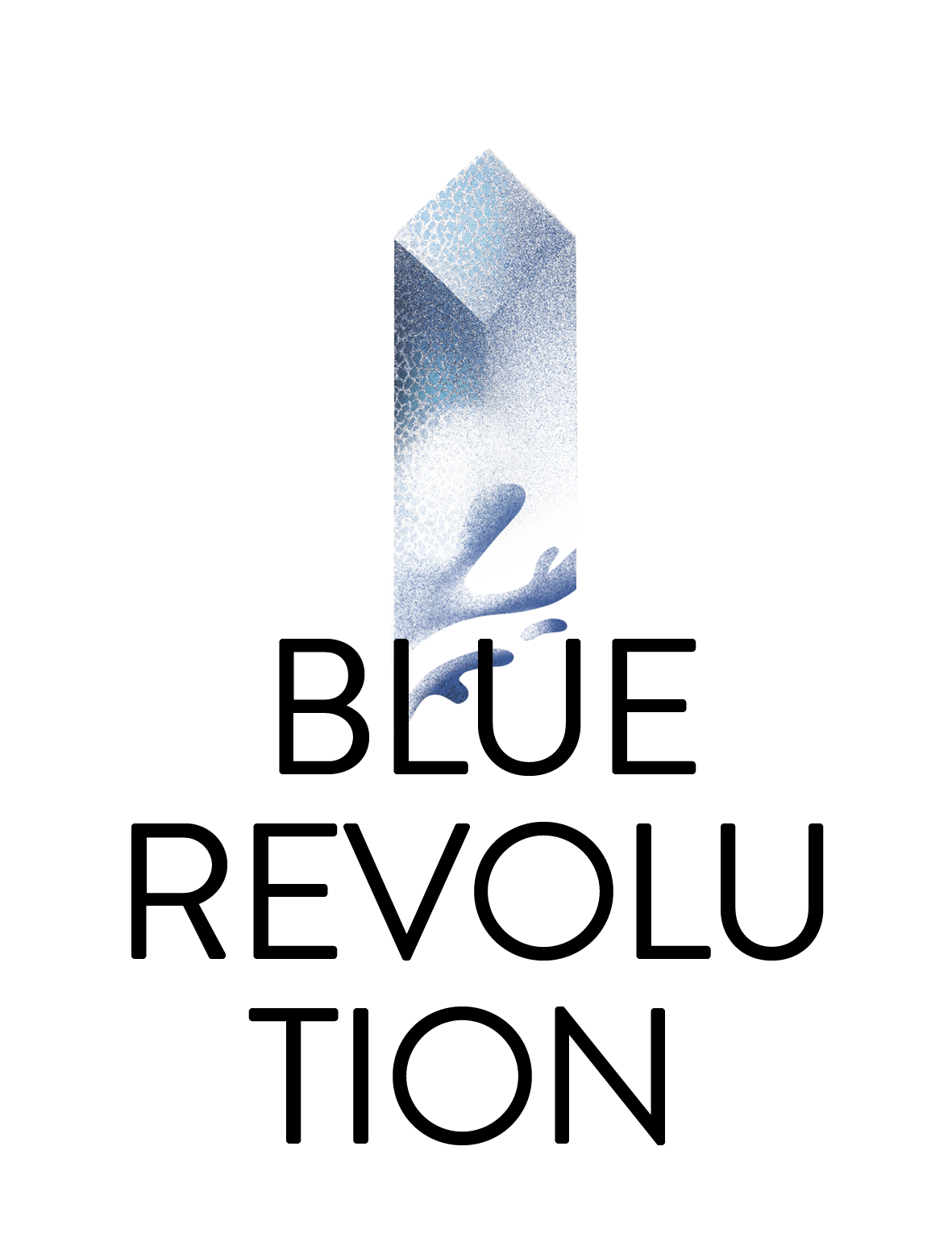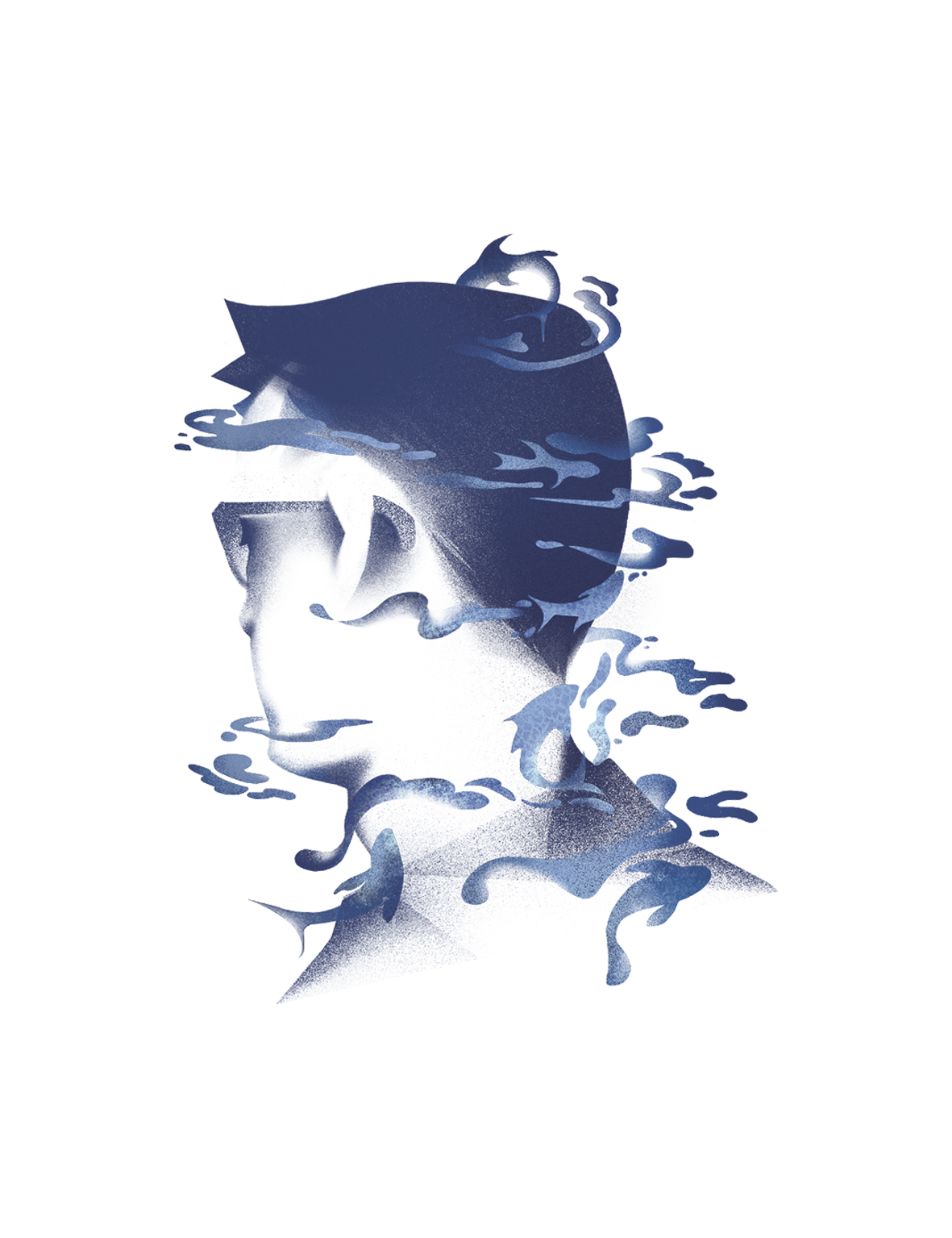CARSON
CHAN

In mid-2021, Carson Chan was appointed inaugural director of the Emilio Ambasz Institute for the Joint Study of the Built and the Natural Environment at the Museum of Modern Art (MoMA) in New York, where he will lead initiatives focused on ecology and sustainability in collaboration with all six of the Museum’s curatorial departments.
Establishing a research institute is a bold move for the museum, and leading its mission a new challenge for the 41-year-old curator, whose work has long plumbed and synthesised the various worlds of contemporary architecture, art and exhibition, but more recently has come to embrace the urgency of environmental issues within those fields. In the midst of the lingering pandemic, nomad’s Kimberly Bradley spoke to Chan about his most recent activities, current research and future plans.

Carson, we’ve known each other since you were in Berlin, where we met at your non-profit project space, Program. There you mined the young art and architecture worlds for new ideas, orchestrated a quick-moving series of exhibitions and created a community of international young thinkers that, let’s be honest, was one of the most dynamic but also fun places in the city at the time. Then you co-curated the Marrakech Biennial in 2012, and the Biennial of the Americas in Denver a year later. You left Berlin for your doctoral studies in Princeton; now you’re running a new research institute at the Museum of Modern Art in New York. I always seem to know where you are, but what have you been thinking about in the past few years?
CC
For the past seven years, I’ve been researching the architecture of post-war public aquariums in the United States. This wasn’t what I intended to do for my doctoral research, but early on at Princeton I took classes in environmental history and became passionate about learning more deeply about the environment and how architects and historians have been defining it. That dovetailed with my long-time interest in the history of exhibitions. Unlike zoos, which stem from parks, fairs and menageries, aquariums belong in the lineage of panoramas, dioramas and other popular exhibitions. I realised that through the aquarium, I could study both environment and exhibitions.
-
This issue’s theme is green economy, so let’s start with a broad question: how might aquariums and environment connect to the economy?
CC
Actually quite a lot. In terms of environment and economy, I was interested in why there seemed to be a building boom for aquariums in the United States after the Second World War. President John F. Kennedy, in his first State of the Union address, talked a lot about the need for studying the ocean. I learned that aquariums were at the intersection of global statecraft and economic development.
-
Aquariums and … global statecraft? How?
CC
In the early 1960s, during the Cold War, there was no official communication between the West and the Eastern Bloc, between the United States and the Soviet Union. Oceanography is a science that requires global coordination. It allowed governments to remain in contact. You couldn’t study oceanography only on your own coasts—you needed data from around the world, including from beyond the Iron Curtain. Oceanography was instrumentalised as a backhanded way to maintain international communication.
Economically, some policymakers in Washington heard Kennedy’s interest in pushing oceanography, and they put that together with the fact that U.S. fisheries at the time were not doing very well; at the time, fishing was very much a seasonal industry. But they thought: why don’t we find a way to generate profit all year round? I read through a bunch of transcripts of House hearings in the 1960s about developing the fishing industry, and the speakers kept talking about something called fish protein concentrate or fish powder. I thought: what is this? It turns out there was a huge programme underway from the late 1950s to the 1970s, to develop fisheries that would produce fish protein concentrate. Imagine scooping marine life out of the ocean indiscriminately, putting all of this biomass into a giant blender and making a kind of smoothie.
-
(laughs) A giant fish smoothie?
CC
(laughing) After blending all the animals together, you centrifuge the mass, then you put the whole thing into an alcohol bath to extract fat. And then you centrifuge it again, dry it into bricks, and grind it up. This becomes fish protein concentrate; an odourless, flavourless white powder. The idea was that it could then be sent around the world to places with protein deficiency.
-
What was this for?
CC
The Green Revolution was an environmental economic project led by the United States in the 1960s and 1970s to help places like India, West Africa and Mexico develop high-yield grains and chemical pesticides and fertilisers. Places that were having food shortages suddenly had all this grain, but they needed protein as well. What I would call the Blue Revolution was a post-war movement so the U.S. could save the world with protein powder—the fish protein concentrate. My study looks at the architecture of aquariums that were built at the time, and analyses how architecture reflects and responds to political, economic and environmental forces. How did architects translate these issues into buildings? And particularly, I was interested because the post-war period in the 1960s saw the rise of environmentalism. This is when people started talking about environmental degradation.
-
The precursors to political Green Parties started emerging about this time, too.
CC
Yes, and Rachel Carson wrote Silent Spring in 1962. It was the birth of environmentalism as a social, intellectual and justice movement.
-
The focus on oceans, and the fish protein powder, wasn’t necessarily an environmental project, though.
CC
Kennedy commissioned a national aquarium in Washington, D.C. It was a separate standalone governmental institute that was called the National Fishery Center and Aquarium. Charles and Ray Eames, along with architects Roche Dinkeloo, were commissioned to design the building and the exhibits inside. It would have been their biggest project, sited next to the Jefferson Memorial. I was so fascinated by this, but it all made sense. It wasn’t simply a fish museum. It was a symbol of American imperialism; it was symbol of how America can once again save the world through its extractive control of the seas–nature.
-
It was never built, right?
CC
Richard Nixon killed it. The complete drawings were made and foundation tests carried out, but Nixon killed the project just before he got into deep water himself with Watergate. The fish powder failed spectacularly, because it was an expensive endeavour and there’s no tradition of eating fish as a powder. The developers of this technology were technologically deterministic: they thought we can do it, so we should do it. They didn’t think about the implementation, so it didn’t go anywhere. Interestingly, protein powders have had a resurgence with the growth of the fitness and wellness industry.
-
Could you talk about how public aquariums connect to these issues?
CC
As much as I’m fascinated by aquariums, they are controversial in many ways. Many people see them as prisons for aquatic life, not unlike zoos. Others would say that we need these institutions to show us the parts of the world we have no access to. Before aquariums, we humans never saw underwater life alive, face to face. We encountered fish at fish markets or on our dinner plates, but never as sentient beings.
Aquariums became a cultural technology and provided incredible insight into what we call the natural world. They completed the picture of nature for us. Before the mid-nineteenth century, before the first public aquariums, most people thought that nothing lived in the deep sea. It wasn’t until the 1860s when the mid-Atlantic telegraph cables had to be dragged up for repairs that we saw life clinging to those cables. Something was down there after all! My thesis is that if it had not been for the advent of the aquarium, our modern concept of nature as a planetary ecology would not exist. Our notion of nature was forests and mountains and lakes and the sky, but with the aquarium, all of a sudden the ocean became a place of life and part of nature, too.
Please select an offer and read the Complete Article Issue No 11 Subscriptions
Already Customer? Please login.
